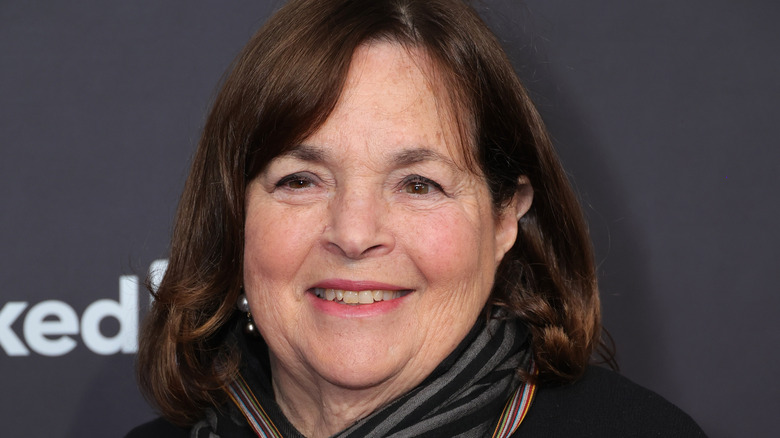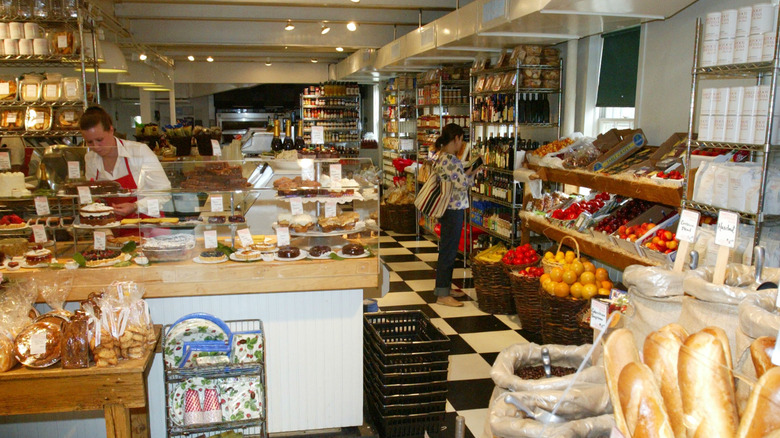Ina Garten's Unique Return Policy At The Barefoot Contessa Store
We may receive a commission on purchases made from links.
It was not just Ina Garten's fan-favorite recipes that made the Barefoot Contessa, her iconic East Hampton food shop, stand out. Garten's store also made a mark on customers because of the exceptional service, and the return policy Garten set up is a perfect example. If a guest did not like a product they purchased for any reason, employees were instructed to issue a refund, no questions asked. But Garten also took this accommodating rule a few steps further.
Employees would ask why the guest wanted to return the product, but only after the refund had been issued. This built trust, because customers knew the refund was not contingent on how they answered. Once staff members got the details on why a customer was dissatisfied, employees would give them a product more to their liking, on the house. "People were stunned!" Garten wrote in her memoir "Be Ready When The Luck Happens." "A serious problem turned into a happy customer for life, and the cost to us was minimal."
The refund was clearly about more than just giving cash back to an unhappy customer. It opened the door to building a relationship, as the free item might get customers to give The Barefoot Contessa store another shot. After all, mistakes do happen, and not every food item suits each person's tastes, but Garten's policies meant that even after a poor experience, guests left feeling satisfied.
The guest experience at The Barefoot Contessa
The success of The Barefoot Contessa store was all in the details. Ina Garten took great care in the homemade and high-quality goods she stocked in her store, such as specialty foods she sourced for The Barefoot Contessa in New York City, as well as dishes like lemony chicken salad and rich cakes with her irresistible chocolate buttercream. Despite the luxurious nature of the products, Garten never wanted guests to feel like they were unwelcome in any way. That meant that everyone who entered was greeted warmly and by name, when possible, and the staff made a point to get to know new customers so that they could address them by name the next time they came in.
Garten also wrote in her memoir that after fetching an item, employees were instructed to say "What else can I get you?" instead of "Is that all?", so customers felt unhurried and prioritized in the interaction. Even the arrangement of the store took guest comfortability into consideration. Garten put together beautiful displays and perfectly-arranged shelves and then intentionally mussed them up just a little bit, usually removing an item or two, so that customers felt more comfortable browsing. "I wanted the store to say 'Please touch!' and 'Please taste!' Basically, I wanted everyone to feel right at home," the iconic chef wrote.


